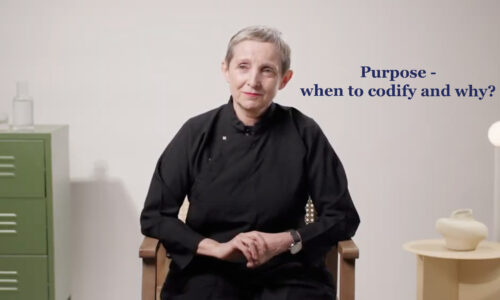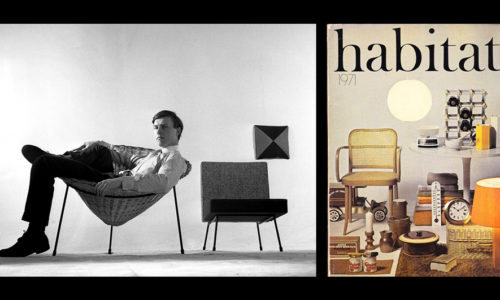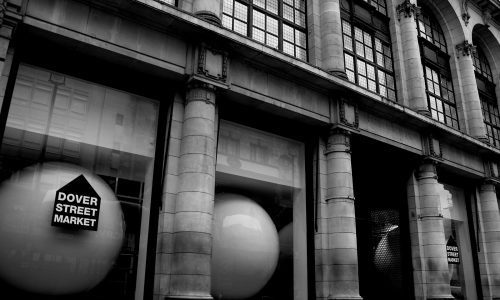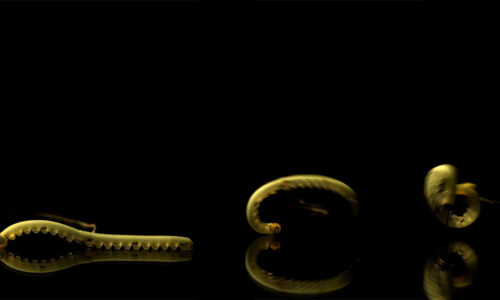Luminescence: Light is never neutral: Light can contaminate appearance.
The recent Domestic Atmosphere symposium curated by the The British Academy and the Welcome Trust Ltd explored how these conditions for light are not confined to theatrical or cinematic spaces. They saturate our everyday environments, both domestic and public; political and personal.
What we call ‘atmosphere’—the soft focus of daily life—is often a network of unseen decisions: who is meant to be looked at, who performs, who watches. Light organises that network. It sharpens the edges of domestic life—or softens them just enough to let things hide in plain sight.
The arrival of artificial light has always fascinated me—not just as a technical leap, but as a dramatic one.
As a child actor, I remember the pressure of playing dead on ITV’s Marcella. I watched the team despair as I blinked and my make up melted under the searing lights. I understood. Lighting was not neutral. It was harsh. It was unforgiving.
On stage, the introduction of artificial light offers directors precision and control—brightness, colour, shadows—all choreographed. In the current performance of Ionesco’s Rhinoceros at the Almeida Theatre, a strip of light mimics the industrial rhythm of a printer, growing increasingly absurd and intrusive. Light is an active protagonist in the drama directing our gaze and our emotional response. With the introduction of film, new styles of performance were made possible, with heightened realism and naturalism. Under electric light, gestures had to shift, faces had to hold. Performers adapted to light’s scrutiny or softness.

Gaslight (1940s)
Drawing on the 1940s film Gaslight, Dr Adam Walls described artificial light as more than illumination—it became metaphor, manipulator, mood-setter. He compared Hollywood’s depiction of artificial light with Joseph Conrad’s Tales of Unrest (1898), where manufactured light trapped domestic ritual instead of revealing it.
With the availability of gas and electric lighting, domestic life changed entirely. No longer shaped by the slow fade of natural light, rooms became orchestrated— people too, often positioned like players in a scene. Women especially were “staged” to sit in flattering poses, lit to highlight beauty and conceal blemish. This wasn’t just interior design—it was a new tool for reinforcing social expectations.
But this transformation wasn’t confined to the home. Artificial light extended the working day. Factories could run at night, fully lit. Suddenly, life—and labour—continued well after sunset. It blurred the lines between public and private, industry and intimacy, reshaping how “home” felt entirely.
Dr. Walls referenced Michelle Beda’s Living with Light, which captured the cultural weight of this shift. The flickers of a candle or a lamp implied storytelling, folklore and softness; harsh electric bulbs, discipline and productivity. Victorian health manuals like T.P. Teale’s Danger to Health (1887) even warned that dim rooms posed risks to both health and morality. The maintenance of a “healthy home” became another responsibility intimately tied to regulating light.
Being seen became a kind of performance in itself. Artificial light didn’t just show us what’s there. It shaped how we moved, felt, and were perceived. It illuminated beauty and blemish alike.
Light is never neutral—it reveals and conceals, flatters and exposes. Artificial light doesn’t simply brighten space; it directs how we live within it. It can offer comfort or control, highlight or hide.
Whether on stage, at home and at work, light quietly choreographs our daily performances—for better or worse.
Written by Aldo Maland
April 2025














